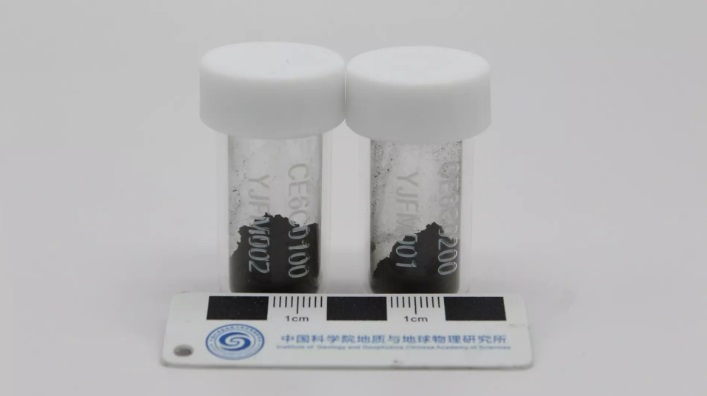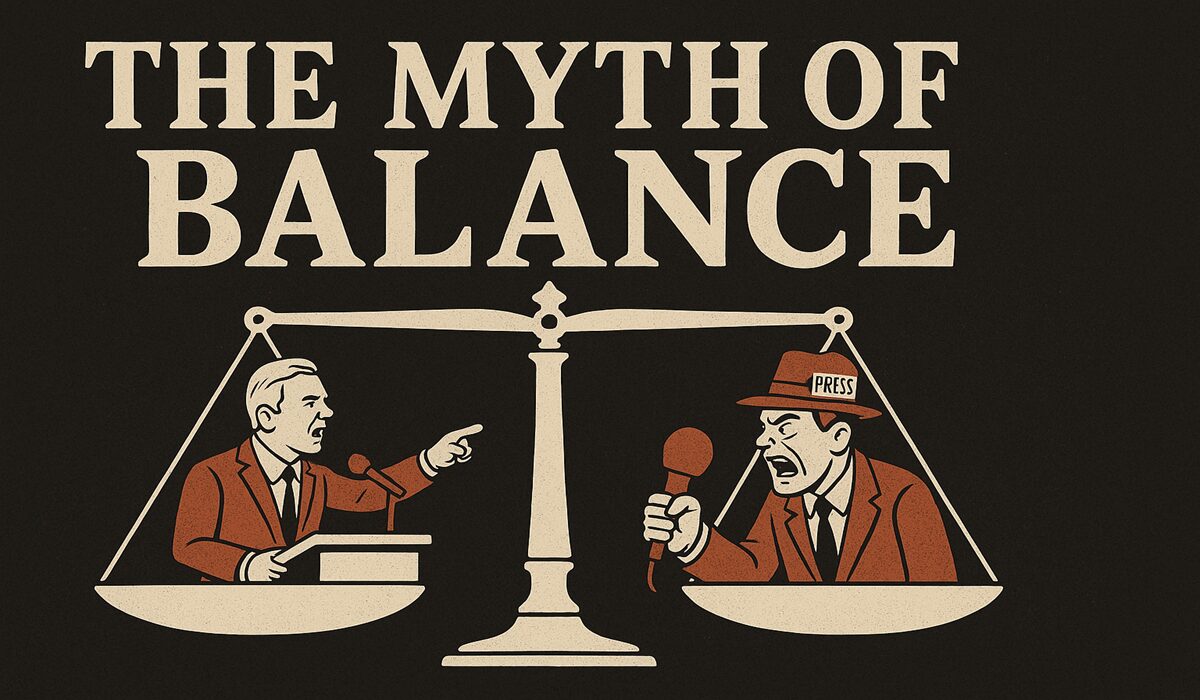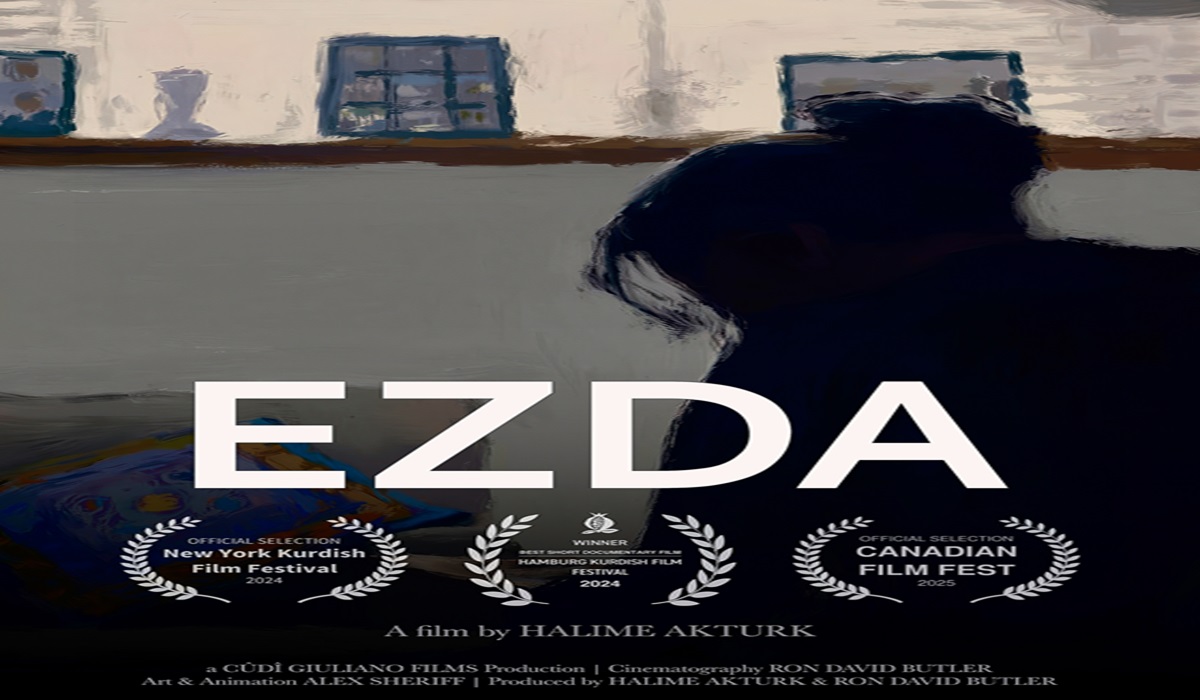Chinese Scientists Confirm Moon’s Oldest Crater Is 4.25 Billion Years Old Using Chang’e-6 Samples
- Ingrid Jones
- D.O.C Supplements - Trending News
- China
- East Asia
- March 22, 2025

In a major step forward for lunar science, Chinese researchers have confirmed that the South Pole-Aitken (SPA) basin—the largest and oldest known impact crater on the moon—was formed approximately 4.25 billion years ago. The breakthrough, published this week in National Science Review, is based on the direct analysis of lunar samples retrieved by China’s Chang’e-6 mission.
The SPA basin is an enormous crater on the far side of the moon, and until now, its precise age had remained elusive. Previous estimates, based on indirect methods, placed its formation between 4.26 and 4.35 billion years ago, but these remained speculative due to the lack of physical samples from the site. That changed when the Chang’e-6 mission, launched on May 3, 2024, successfully landed in the Apollo Basin within the larger SPA basin and returned 1,935.3 grams of lunar material to Earth on June 25, 2024.
Although the lander touched down on a volcanic plain affected by multiple impacts and later eruptions, researchers managed to isolate relevant samples from the complex mix. From a 5-gram subset, a team led by Chen Yi at the Institute of Geology and Geophysics under the Chinese Academy of Sciences identified 20 norite clasts—rock fragments known to be associated with impact melt sheets.

Using precise lead-lead dating techniques on zircon-bearing minerals within these clasts, the team found evidence of two significant impact events, one occurring 4.25 billion years ago and another at 3.87 billion years. The older age corresponds to the crystallization of rock formed in the aftermath of the SPA impact event, effectively confirming the age of the basin.
This finding marks the first direct, sample-based confirmation of the SPA basin’s formation and provides a critical reference point for understanding the moon’s geological timeline. The crater’s age—320 million years after the formation of the solar system—sheds light on the early era of heavy asteroid bombardment that shaped planetary bodies across the solar system.
Beyond lunar science, the results offer new data for refining models of crater formation and planetary evolution more broadly. With this discovery, China’s Chang’e-6 mission has delivered a significant scientific return, enabling a long-awaited answer to one of lunar geology’s oldest questions.








